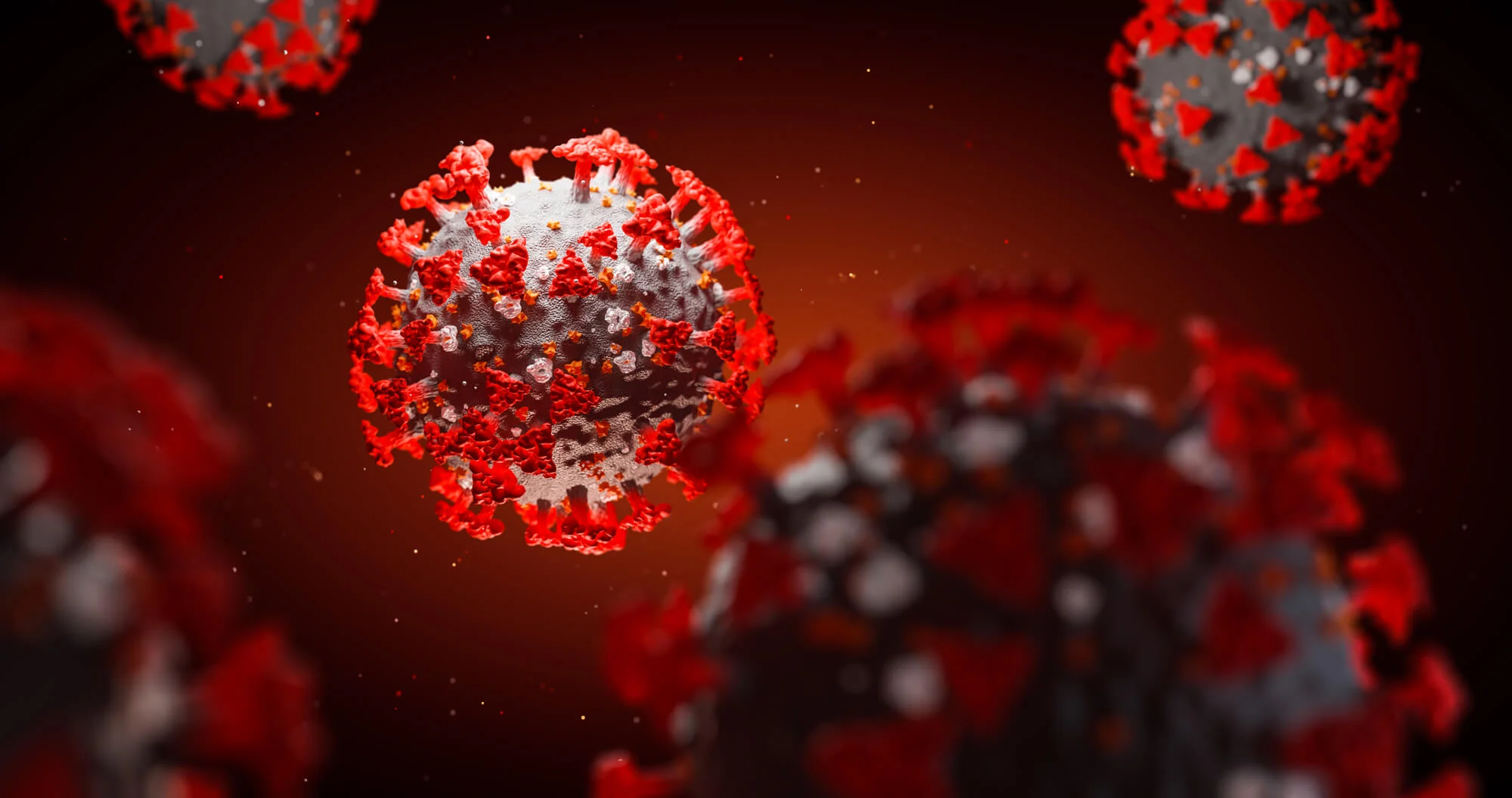Adamis’ shares nosedive as sole clinical-stage asset flunks COVID-19 trial
2022-09-21
疫苗

Preview
来源: FierceBiotech
Another COVID-19 therapy bites the dust. This time it’s Adamis Pharmaceuticals’ failed phase 2/3 trial for antiviral Tempol, triggering a drop in its share price.
The therapy, which forms the entirety of Adamis’ clinical pipeline, missed its primary endpoint of showing greater level of clinical resolution of COVID-19 symptoms at day 14 compared to those receiving standard of care of nonhospitalized COVID patients. After an interim analysis, the independent Data Safety Monitoring Board recommended the study be halted early due to lack of efficacy. The trial had a target enrollment of 248 patients, and its registry page, which was last updated mid-August, notes that the study was still recruiting.
The company followed the board’s advice and said it will now evaluate the unblinded data to determine next steps for the drug. Adamis is trying to stay positive and will explore its theory that a combination of vaccinations and less virulent variants of COVID-19, namely omicron, may have obscured the effects of Tempol in the trial. To back up this view, the company pointed to a lower-than-expected hospitalization rate of below 1% compared to other COVID-19 treatment trials.
Investors appeared unconvinced by the company’s explanation. Adamis’ shares dropped 44% to 20 cents apiece Wednesday morning, compared to a prior close of 35 cents.
CEO David Marguglio said in the release that the results were frustrating and emphasized that the company remains “bullish” about the prospects for its approved drugs Zimhi for opioid overdose and Symjepi for anaphylaxis. “Our team is focused on increasing sales and improving manufacturing efficiencies for our commercial products.”
This focus on its approved portfolio makes sense when you consider Tempol is the only drug left in the company’s pipeline. While it may be out of the running for COVID-19, Adamis is preparing a gel version to enter phase 3 trials for radiation dermatitis, with an oral capsule form ready for phase 2/3 studies in respiratory disease.
It’s been a tough year for biotechs’ COVID therapy ambitions, with Akebia narrowly missing on its drug vadadustat last month and Synairgen’s inhaled interferon beta candidate SNG001 falling at the final hurdle back in February.
更多内容,请访问原始网站
文中所述内容并不反映新药情报库及其所属公司任何意见及观点,如有版权侵扰或错误之处,请及时联系我们,我们会在24小时内配合处理。
靶点
-来和芽仔聊天吧
立即开始免费试用!
智慧芽新药情报库是智慧芽专为生命科学人士构建的基于AI的创新药情报平台,助您全方位提升您的研发与决策效率。
立即开始数据试用!
智慧芽新药库数据也通过智慧芽数据服务平台,以API或者数据包形式对外开放,助您更加充分利用智慧芽新药情报信息。





